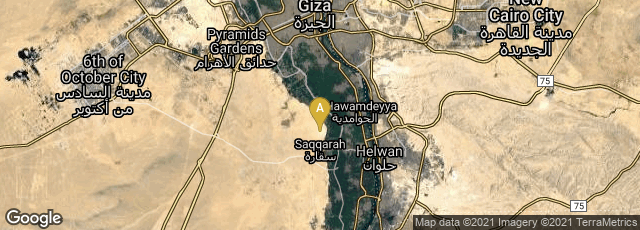

In 1861 by French archaeologists Auguste Mariette and Jacques de Morgan discovered Hesy-Ra's tomb, mastaba S-2405, situated in Saqqara. Excavations started in 1910 and ended in 1912, organized and performed by British archaeologist James Edward Quibell. During the excavations archeologists discovered the wooden panels of Hesy-Ra (Hesire, Hesira), a government official, physician, and scribe who lived in the Third Dynasty of Egypt, and served under the pharaoh Djoser. Hesy-Ra bore titles such as "Chief of Dentists and Physicians," and "Chief of the King's Scribes." He may be the earliest physician whose identity is known.
One of the wooden panels shows Hesy-Ra seated before the offering table. Slung over his shoulder are his writing utensils consisting of palette, ink bag and brush holder.
"The Egyptian scribes used brushes made of stems of reeds 1.5 to 2.5 millmetres thick cut to a length of 16 to 25 centimetres. They were beaten or chewed to pulp at one end and kept in a tubular receptacle. Ink, which has retained its pitch black colour surprisingly well over thousands of years, was made of carbon mixed with gum. For rubrics they also had red ink made of ochre and gum. Since the ink was in the form of a powdered pigment kept in a bag or on a palette, a small pot containing water for disolving the ink also belonged to the scribe's equipment. The holder for the brushes, bag and palette were tied together. The scribe either carried his writing utensils in his hands or—if he needed his hands for other things—slung over his shoulder in such a way that the palette lay on his chest, ink bag and brush holder on his back" (Hussein, Origins of the Book. Egypt's contribution to the development of the book from papyrus to codex [1970] 10, plate 25).
The panels are preserved in the Egyptian Museum, Cairo.